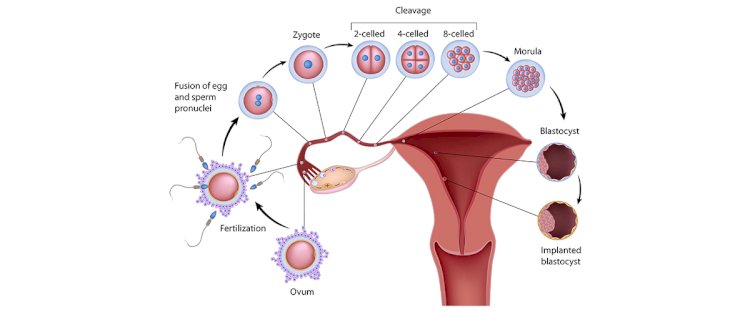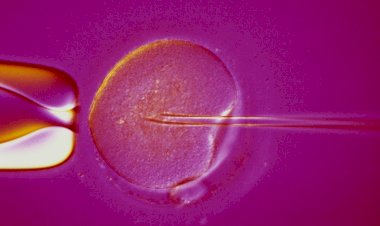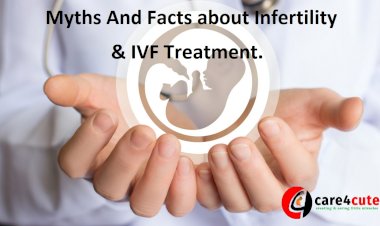How normal fertilisation occurs in human body?

How normal fertilization occurs in human body?
The conventional way of making a baby is fairly simple procedure. When it comes to creating new family, a lot of couples often choose the more complex way like the IVF conception. However, normal fertilization is a complex procedure which leads to a fertilized egg. The egg develops and matures in the womb till birth.
Most of the time you don’t know the right date of your pregnancy. Your doctor counts the commencement of your pregnancy from the first day of your last menstrual cycle which is about 2 weeks forward of the conception.
Take a primer on conception:
Ovulation: Every month in the ovaries, some eggs commence to grow in a sac called follicles. Eventually one of the eggs bursts from the follicle leading to ovulation which happens around 2 weeks before your next menstruation.
Hormonal Rise: Once the egg goes out of the follicle, the follicle develops corpus luteum. It releases a hormone which thickens your uterus lining, preparing it for the egg.
The egg reaches the fallopian tube: Once the egg is released, it travels to the fallopian tube. It remains there for 25 hours waiting for the sperm to fertilize. It happens 2 weeks after your last menstruation.
If the egg isn’t fertilized: If no sperm comes, then it goes to the uterus and disintegrations. The hormone levels come back to normal. The thick lining sheds off and your periods begin.
But if the fertilization occurs, then this is procedure:
The procedure of human fertilization is complex, but the sperm and egg fuse in the long run. You can also see this journey as a search to find the perfect match. The egg sits waiting for the one sperm out of 150 million available there and it merges with that one to bring a human life to earth. When the egg waits, the sperm race against one another to be the first to reach there. When one egg and sperm meet, the electricity fills around. Several electric signals are released.
The human fertilization starts with the menstrual cycle of a woman. The cycle makes a woman body ready for fertilization. The egg is released or ovulated in the Fallopian tube where the fertilization takes place.
During intercourse, a man ejaculates the semen in the vagina of the woman. The sperm travels to the Fallopian tube in search of the egg and meets there. However, there are some big challenges for the sperm to before reaching here. For instance, the sperm takes around 12 to 48 hours of the ovulated egg or they will end up dying.
Around 85% of the sperm isn’t structured nicely for travel which means only 85% of the sperm can compete in the journey to meet the egg. The remaining sperm follow the signal of the vagina and cervix. They are guided through the cervical mucus and uterus lining. This is also known as womb. This is the place where baby develops after the process of fertilization.
Now only 1000 sperms are left. After they make it to the uterus, the challenge is to choose the right Fallopian tube. There are two of them and only one has the egg. The sperm which chooses the right Fallopian tube will reach the egg finally.
The procedure from ejaculation to the sperm reaching the egg in the right Fallopian tube takes around 20 minutes. Now, you just have few dozen sperms which meet the egg. The remaining sperm surround the egg and race to be the first to fertilize the egg.
The fertilized egg stays in the tube for 3 days. And then slightly moves to the uterus through the fallopian tube. This is known as implantation. Some women notice a little bleeding for 1 or 2 days after implantation.
Where does the fetus grows?
In conventional as well as IVF pregnancies, the fetus commences to grow as an embryo implanted in the uterus. The IVF receivers take additional care after the embryo transfer is done and get plenty of rest. The uterus lining gets thick and is sealed by mucus. It remains there till the baby is ready to come out.
Pregnancy hormones
Pregnancy hormone hCG runs in your blood from the time of implantation. It is often seen in a pregnancy test. Usually it takes 4 weeks for the hCG levels to get high enough to be visible in your tests.

 Dr. Neelu
Dr. Neelu 





































Comments (0)